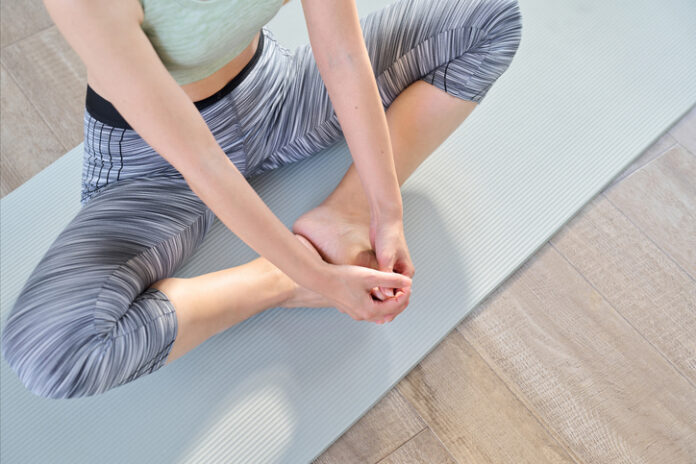One-in-three women will experience urinary incontinence, but Auckland University researchers say we have the knowledge and technology to dramatically change the lives of those with it.
Pelvic floor exercise could change lives – but only if women successfully locate the mystery muscles, get them working in sync and commit to a training programme.
That’s the message Associate Professor David Budgett and Dr Jenny Kruger from the Pelvic Floor Research Group at the Auckland Bioengineering Institute (ABI) at Waipapa Taumata Rau want to share during World Continence Week 17—25 June.
“One in three women will experience urinary incontinence,” says Dr Kruger.
“If the pelvic floor is not working well, and has stretched, there isn’t the same support to close the urethra.

“Suddenly, exotic holidays, holding down a job or a satisfying sex life can go out the window. The perception is it is an old person’s problem – it can happen at any age after a woman gives birth by vaginal delivery.”
Mothers are not the only people likely to experience the symptoms of poor pelvic floor function. Performance athletes and menopausal women are at risk of the troubles from difficult labours, debilitating incontinence, prolapse, sexual dysfunction and generalised pelvic pain.
Exercise can make a huge difference and often alleviate symptoms completely. Budgett says the biggest tragedy is that most people don’t try to exercise their pelvic floor. Moveover, of those women who do, 40% of them aren’t using the correct technique.
“They’re squeezing their buttocks, legs, stomachs… they are doing something, but it is not actually exercising the pelvic floor,” he says.
“That’s dreadful, because they’re putting the effort in but are not going to sustain any benefit.”
The pelvic floor muscles are a sling of 14 muscles working together to hold in the bladder, uterus and the colon. Arguably, it’s an imperfect design with expandable and contracting holes fighting against gravity and other stresses and strains.
Kruger cups her hands into a bowl. “Imagine a trampoline arrangement. Sometimes they act together and sometimes they act separately to close the gaps. Some are under voluntary control. Some under involuntary control.
“Once women get the right cues to become kinaesthetically aware of their pelvic floor, those muscles are enormously powerful,” she says.
femfit®, a pressure sensor array, originally developed at the ABI and subsequently refined, measures pelvic floor function and gives women, clinicians and researchers immediate feedback on pelvic floor coordination of where those muscles change the shape of the vagina.
The device gives clinically accurate information around a group of muscles that have been notoriously difficult to assess. The ABI expertise has led to collaborations with research institutions in Australia, Europe, Canada and the United Kingdom, using femfit® to better understand the stressors and strains incurred by pre- and post-natal women, as well as powerlifters, and Aussie Rules and English premier league football players.
“Pelvic floor strength is very individualised,” says Budgett.
“Pressure values could range from five millimetres of Mercury to right up to 40. For each individual, it is their normal.”
With femfit®’s online training programme, women can adjust their techniques so they are actually exercising the correct muscles to increase that pressure. Once the technique is sorted and the pelvic floor is strengthened, it needs to be maintained.
Says Budgett : “Women need the right dosage and exercise styles – for about 10 to 15 minutes, three times a week – forever.
“Like any other muscle, if you want to build strength, it is going to be a multi-month programme, you are going to have to commit. It is all very well to know we should exercise; it is different when you need to put some effort in. Making pelvic floor exercise interesting is certainly one of the challenges. Gamification or incentivisation must play a role.”



